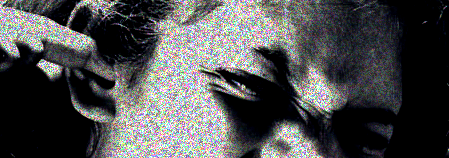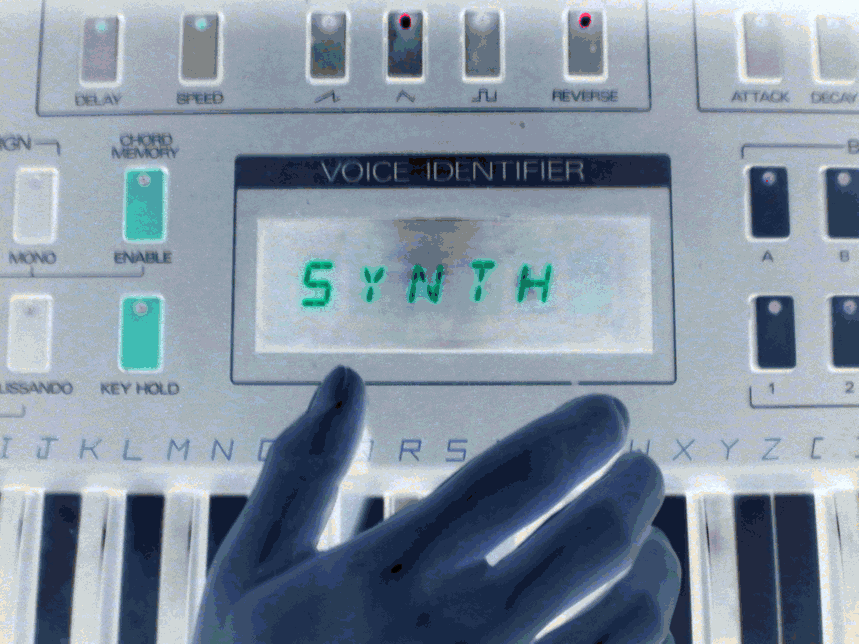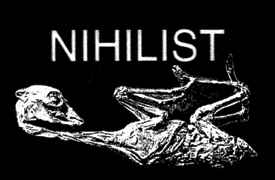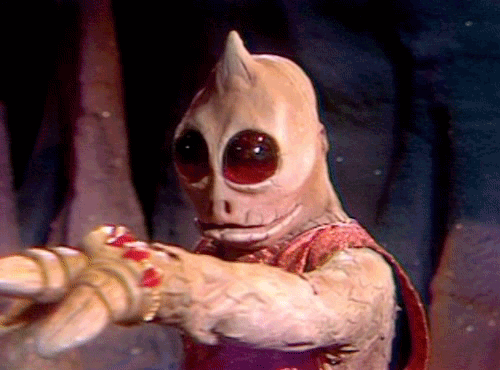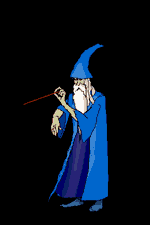
The CMOS synth was also made famous by Stanley Lunetta of Sacramento who passed away on March 3, 2016.
His Lunetta Synth inspired the DIY synthesizer community. He used mainly 4000 series CMOS chips.
Experimentation really is the whole point. Learning what the different types of logic chips do, and making use of them in interesting ways.
40106 – hex schmitt trigger inverters.(can also use a 74c14)
This can make 6 square/pulse wave oscillators
Ken stones Psycho LFO ,CGS03
(Ken Stones CGS06 – Burst generator)
Hyve synth
40174 – (CD40174, 74LS174, HCF40174, HEF40174)
40193 – Binary Up/Down Counter
4001 – Quad two-input NOR gate (four NOR gates), (NLC Bools)
(NLC Divine Cmos), CellF Voice
LZX Castle 101 quad gate
4006 – shift register (Klee sequencer)
4007 – (CD4007, HCF4007, HEF4007, MC14007…) .- misc gates
4009 – Hex inverter (six NOT gates),
4011 – (CD4011, HEF4011, HCF4011, MC14011…)
Quad two-input NAND gate (four NAND gates), (NLC Bools)
(NLC Divine Cmos)
LZX Castle 101 quad gate
( Ken stones CGS01 – Suboscillator)
4013 – Dual bistable Flip-Flop (MXR Delay pedal), (Ibanez FL-303 flanger pedal), (MXR Chorus Pedal)
Divide & Conquer
Roland SH101 –They fed the main oscillator output to the CMOS 4013 to give the
suboscillator waveforms. square at -1 octave, square at -2 octaves, and a pulse at -2 octaves.
Plumbutter – Ciat Lonbarde – Deerhorn?, Gong
Ciat Lonbarde – Paper Circuit -Swoop
Ciat Lonbarde – Papercircuit – Esoterica
EDP Wasp
4015 – 8 position shift register. (LZX Castle 110 shift register video module)
(Ken Stones Gated Comparator)
Plumbutter – Ciat Lonbarde – Man with the red Steam
Ciat Lonbarde – Old Mr Grassi -Paper Circuit
Lorre Mill U Tone
4016 – (74HC4016, CD4016, HCF4016, HEF4016,TC4016… ) analog bilateral switch
4017 – decade counter (Squid axon),
(1050 mix sequencer)
Baby 10 sequencer.(The 4017 has 10 decoded outputs)
ARSEq Sequencer/EG
( Ken stones CGS01 – Suboscillator)
(Ken Stones CGS06 – Burst generator)
(Ken stones CGS07 – gate sequencer)
4018 – presettable divide by N Counter. The jam inputs can be used t0 preset the counter
to a certain count and the reset input can be used to clear to count to zero.
4020 – 14-bit binary Ripple Counter
4022 – Divide-by-8 counter/divider
4024 – shift register- Seven stage ripple carry binary counter (NLC Null A).
NLC Divide & Conquer, ,
( Ken stones CGS01 – Suboscillator)
(Ken Stones CGS08 – V8 Simulator)
(Ken Stones CGS09 – Voltage controlled divider)
Polyfusion octave divider
4027B – J-K Type Flip-Flop
4029 – 4 stage counter-binary/decade (NLC 4SEQ)
(NLC 32:1)
(Null A),
Bindubba sequencer
4030 – Quad two-input XOR gate (four XOR gates), (NLC Bools), (NLC Divine Cmos)
74HC4040 – 12-bit binary Ripple Counter
4034 – 8-Stage tri-state bidirectional parallel/serial input/output bus register. (Klee sequencer)
4040 – divider/ripple counter/Binary counter.
There is an internal chain of divide by 2 circuits. The first output will have half
the frequency of the clock, the next output will have half the frequency of that, etc etc
Vidiffektor
4042 – Quad D-Latch
4046 – (CD4046, 74HC4046, MC14046, HCF4046…)
PLL (Phase Locked Loop), built in VCO, (NLC Vactrol Pill),
RingPull
Giant Bono
Wagernumb
(Ken stones CGS07 – gate sequencer)
EDP Wasp
Lorre Mill U Tone
4049 – INVERTER – also sometimes called a NOT gate or hex invertering buffer (it has 6 gates) Can be used in linear amplifiers.
4050 – Buffer (mostly used for interfacing to TLL logic).
4051 – (CD4051, 74HC4051, HCF4051…)
Eight channel multiplexer
Fairlight CMI IIx – Switched resistor filter
Ciat-Lonbarde – Tetrazzi
Ciat Lonbarde – Paper Circuit -Terazzi organus
4052 – (HEF4052, CD4052, 74HC4052, MC14052, MC4052…)
Dual 4 channel multiplexer, (NLC 4SEQ)
(Null A)
Bindubba sequencer
Vectrex Video Game
Ciat Lonbarde – Master Brando – Paper Circuit
4053 – (HEF4053, CD4053, MC14053, 74HC4053…
74HC4060 – 14-bit binary Ripple Counter
4060 – 14-bit binary Ripple Counter. Has a built in oscillator
4066 – (HCF4066, CD4066, 74HC4066…) quad bilateral analog switch.
CellF Voice
Ciat Lonbarde – Ultrasound
4067 – Single 16-Channel Multiplexer/Demultiplexer
Ciat Lonbarde Gerassic Organ
4068 – 8-input NAND/AND gate.
4069 – (CD4069, HEF4069, TC4069, HCF4069…)… WASP filter
INVERTER – also sometimes called a NOT gate or hex invertering buffer (it has 6 gates) Can be used in linear amplifiers.(get the 4069UB – unbalanced)
4070 – XOR gate (four Exclusive OR gates) (NLC Bools)
(NLC Divine CMOS)
Divide & Conquer
(LZX 101 quad gate) video synth
One of the inputs decides if the gate is inverting or non-inverting by tieing
the input to either +V (non-inverting) or ground (inverting). I4071 – Quad two-input OR gate (four OR gates) (NLC Bools)
(1050 mix sequencer)
With either or both inputs high, the output will be high.
With both inputs low, the output will be low.
Input A or Input B needs to be high for the output to be high…thus the “OR gate”.
4077 – Quad two-input XNOR gate (four XNOR gates), (NLC Bools)
(NLC Divine Cmos)
Ciat_Lonbarde-Madame Brasser Paper Circuit
4081 – Quad two-input AND gate (four AND gates) – (NLC Divine Cmos, Bindubba sequencer)
(NLC Bools)
(1050 mix sequencer)
(Ken stones CGS07 – gate sequencer)
Ciat Lonbarde -Paper Circuit – Multioscillator Superposition control system
So this chip has four AND gates & each gate has two inputs.
With either or both inputs low, the output will be low;
with both inputs high, the output will be high.
Both input A and input B needs to be high for the output to be high,
hence the name “AND gate”
4089 – binary rate multiplier- it’s a divider where the input pattern determines
the number of pulses that appear on the output.
4093 – quad schmitt trigger/ NAND gates (can make 4 square wave oscillators.)
4094 – 8 stage serial shift register (8bitcipher)
4096 – shift register
4514 – Four Bit Latch / 4-16 Line Decoder
4520 – Dual Binary up counter (NLC Divine Cmos)
Double Gate CMOS (DG)
Traditional CMOS technology is approaching physicial limitations was we approach the nanoscale regime.
One such solution is the double gate transistor, proposed in the 1980s.
“Multigate transistors are one of the several strategies being developed by CMOS semiconductor manufacturers to create ever-smaller microprocessors and memory cells, colloquially referred to as extending Moore’s law.”
Other possible solutions include SOI devices, Strained-silicon FETs and carbon nanotube FETs
DG 202 – quad SPST CMOS analog switches (NLC Dual LPG)
DG 212 – quad SPST CMOS analog switches (NLC Dual LPG)
DG 406 – multiplexer (NLC 32:1)
DG 408 – 1 to 8 multiplixer designed to connect one of eight inputs to a common
output as determined by a 3-bit binary address (A0, A1, A2).
(NLC Statues)
DG 412 – analog switch (plague of Demons)
(router)
DG 508 – 8-channel single-ended analogmultiplexer designed to connect
one of eight inputs to acommon output as determined by a 3-bit binary address(A0, A1, A2).
(NLC Statues)
In vintage synths the most popular of the 4000-series chips appear to be
the analog bilateral switches (4016, 4066), the analog multiplexer/demultiplexers
4051, 4052,4053, 4067) and the 4046 phase-locked loop (PLL). These allow the
routing of analog control signals.
The 4046 PLL was used in such machines as the OSCar.
Lots of these chips are logic gates:
Precautions
When DIYing with CMOS logic chips be careful of damage caused by static electricity. Ground yourself or use a static mat.Store them in conductive foam or foamed plactic wrapped in aluminium foil.
You must connect any unused chip inputs to either VDD/VCC (V+) or VSS (ground). All inputs must go somewhere, either directly or with resistor.
Inputs that goes off board should have a load resistor connected (1M resistor to ground).
This brings us to what are referred to as Pull-up Resistors and Pull-down Resistors.
Inputs must not exceed VDD and never apply a input signal to an unpowered CMOS circuit.
Pullup & Pulldown resistors
These are used a lot in CMOS circuits.
They define the default state of the input (whether or not the switch is open, closed or there is nothing connected to it).
For example, any spare gates can be tied together or connected to a fixed voltage, using a high value resistor (10k -100K) to either the Vcc voltage, (pull-up) or via a low value resistor to 0V (GND), known as pull-down. Unused inputs should never be left floating about.
———————————————–
Analog Multiplexer/Switches
406 – (DG 406) multiplexer (NLC 32:1)
412 – (DG 412) – analog switch (plague of Demons)
(router)
———————————————
Building a Lunetta Synth.
The modules you will need to build are Oscillators, filters, drums, sequencers, frequency dividers, clock dividers,amplifiers etc
Oscillators
40106 – 6 square wave oscillators
4093 – 4 square wave osc
4060 – It’s a counter/divider & Oscillator. eg: The Olegtron
4046 – PLL
4069 – Rene Schmitz’s exponential CMOS VCO
Noise
Run a few audio rate oscillators into the inputs of a logic gate (AND/OR/XOR)
Pitch Pattern Makers
4018 – modulo-n counter
http://electro-music.com/forum/topic-23896.html
4046/4017 – frequency synthesizer
4051/4017 – Slacker Melody generator
Sequencers
4017 – baby 10
4051/4017 – Slacker melody generator
4052 /4029
Dividers
4040 – my fav !
4018
4089
4060 ?
Filters
4069 WASP filter (CGS 749). The CD4069UB CMOS inverter, is used as opamp.
4007 – The MOSFET transistors of a 4007 are used as variable resistors.
Amplifiers (most of these are not CMOS but you might need them)
4096UB
4070 – quad XOR
LM386
741- (Weird Sound Generator)
LM324 – four op amps in one IC
TL072, TL074, TL08x, etc
Drum Modules
4096UB
Voltage Regulator
7805 – 5V regulator
Shift Registers
4006
4015
4024
Mixers
Use Op-amps (ok not CMOS)
4069
Switches
4066 – four logic controlled single-pole, single-throw switches in one intergated circuit. Nice !!
4067b – eg the Ciat Lonbarde Gerassic Organ.
It’s a 16 channel multiplexer.


